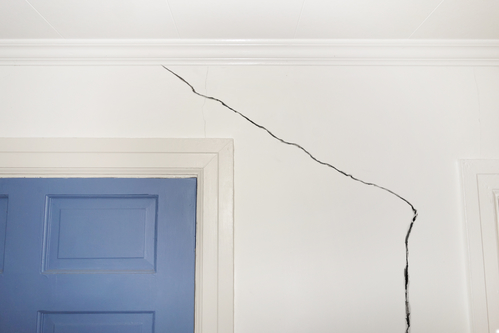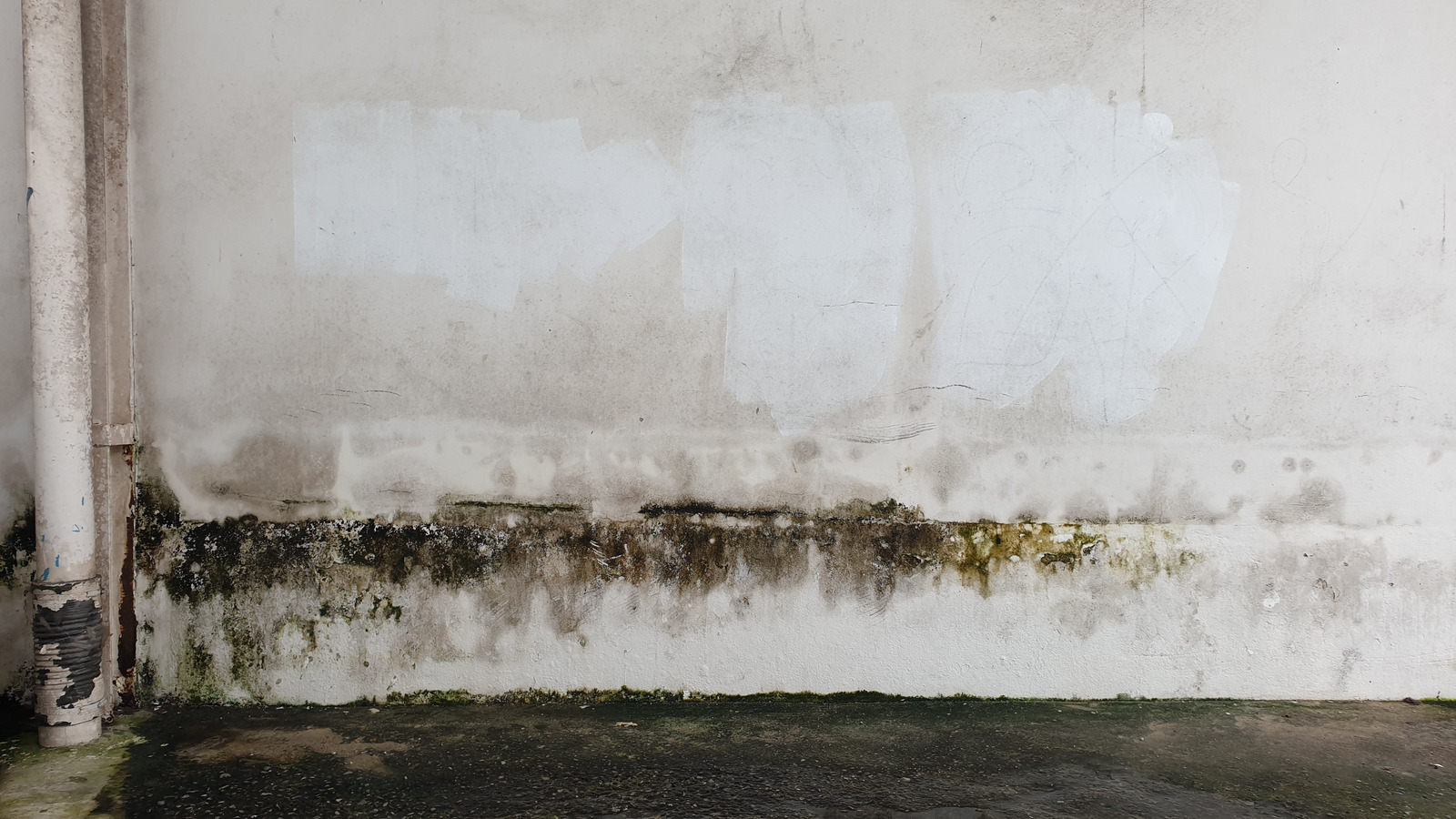Every person maintains his or her own opinion in relation to Indicators of Water Damage Behind Walls.

Water discolorations on wall surfaces are not pleasurable to the eyes. Your house should lack discolorations on the walls, roofing system, or floors. That is the excellent state of a residence as well as its structures. In some cases it seems virtually inescapable to experience water stains on wall surfaces in houses.
Property owners living in moist regions frequently take care of the fear of water discolorations on walls. Yet that does not have to hold true for you. With all-around and also precise details on the reasons for water discolorations and punctual repair work procedures, you will constantly be a step ahead of such events. This short article guarantees to be a helpful overview for you.
3 Common Reasons For Water Discolorations on Wall Surfaces
As opposed to common belief, water discolorations on walls do not always originate from poor building products. There are numerous causes of water spots on wall surfaces. These consist of:
Damp
When hot damp air meets dry cold air, it triggers water beads to base on the walls of buildings. When there is steam from cooking or showers, this happens in kitchen areas and also washrooms. The water beads can tarnish the surrounding walls in these parts of your home as well as infect various other locations.
Damp or condensation affects the roof and wall surfaces of structures. When the wall surface is damp, it develops an ideal setting for the development of microorganisms as well as fungi.
Poor Drainage
When making a building strategy, it is crucial to make certain ample water drainage. This will certainly stop water from leaking into the walls. Where the drainage system is obstructed or missing, below ground wetness builds up. This links to too much moisture that you observe on the walls of your building.
So, the leading reason for wet wall surfaces, in this situation, can be a bad drainage system. It can also result from inadequate administration of sewage pipelines that run through the building.
Pipeline Leaks
Many homes have a network of pipes within the walls. This ensures that the pipelines are well away from the reach of destructive rats. It always increases the stability of such pipes, as there is little oxygen within the walls. This inhibits rust.
A drawback to this is that water leak impacts the wall surfaces of the building and also triggers prevalent damage. A telltale sign of malfunctioning pipes is the look of a water stain on the wall.
Pro Tip
A houseplant in your home additionally enhances its moisture. If the home is currently humid, you might want to introduce houseplants with marginal transpiration. An example of appropriate houseplants is succulents.
Water Stains on Wall: Fixing Tips
Property owners would normally want a quick fix when handling water discolorations. They would soon understand this is counterproductive as the water stains persist. So, below are a few valuable pointers that will direct you in the repair service of water discolorations on walls:
Final thought
Although nobody wishes to have water spots on walls in their house, it can happen to the very best of us. This article offers you utilize, as you currently recognize just how to manage this incident if it does happen.
It is constantly best to recruit expert services to help fix the damages in your house.
Occasionally it appears nearly inescapable to experience water spots on walls in homes.
Contrary to preferred idea, water spots on walls do not always stem from poor structure products. There are a number of causes of water stains on wall surfaces. The water beads can discolor the surrounding walls in these components of your residence and also spread to various other locations.
Right here are a few handy pointers that will certainly direct you in the repair of water discolorations on wall surfaces:
CHECKING FOR WATER DAMAGE
Water damage can be costly, and it may begin before you even notice the first signs of trouble. Water damage can cause mold and mildew in your walls and floors, which can create an abundance of health concerns for your family. It can also lead to costly repairs of various appliances and general home fixtures. To avoid the pricey consequences of water damage, here are Warner Service’s top 5 places you should check:
The walls – The easiest place to spot the beginnings of water damage is on the walls and ceilings of your home. If water damage is present, there will most likely be water stains, especially around the windows and doorframes, and/or cracks in the drywall. If a stain looks unusual (discolored to brown, black or gray, raised texture), has a swollen appearance or is soft to the touch, contact a professional immediately. The pipes – To avoid water damage, consistently check the pipes in your kitchen (especially the dishwasher and ice maker), bathrooms, laundry room (specifically washing machines) and basement for corrosion, leaks and water stains. Pay special attention to where the pipes connect in your home and the location of caulking around the bathroom fixtures, including toilets, sinks, showers and tubs. Missing or loose caulking and grout could be signs of leaking water. This seepage can also quickly cause mold and rust, so double check your water heater and tank for wet spots on the floor. The floor – Water damage is very easy to spot on the floor. Look for any warping or buckling of the material, especially in the basement. If your home has wood flooring, look for bright white or dark stains. If your home has carpeting, keep it dry and clean. A damp carpet that smells of mold could cause water damage and health problems. To avoid this, consider installing floor pans under your appliances to help prevent damages from small, slow and undetected leaks. The basement and attic – If your basement or attic smells odd check for mold and mildew around the area, especially the valley where the roof meets. While you are inspecting those areas, check for wall cracks, floor stains, rust and dampness in the insulation. If you live in a colder and/or rainier climate, perform routine checks for water damage from melting snow or ice and rain. The exterior – Check the roof for damaged flashing and missing, cracked or curled shingles. There should also be no standing water anywhere outside your home. This could be caused by puddles, leaky rain gutters or hoses, poor drainage, or short gutter spouts. Invest in a sump pump system or water flow monitoring system, and perform routine maintenance on these outdoor appliances to avoid indoor water damage.

We had been shown that article about Water Stains on Walls from a friend on a different web blog. Those who liked our article plz remember to pass it around. Thank you so much for going through it.
Visit My Site